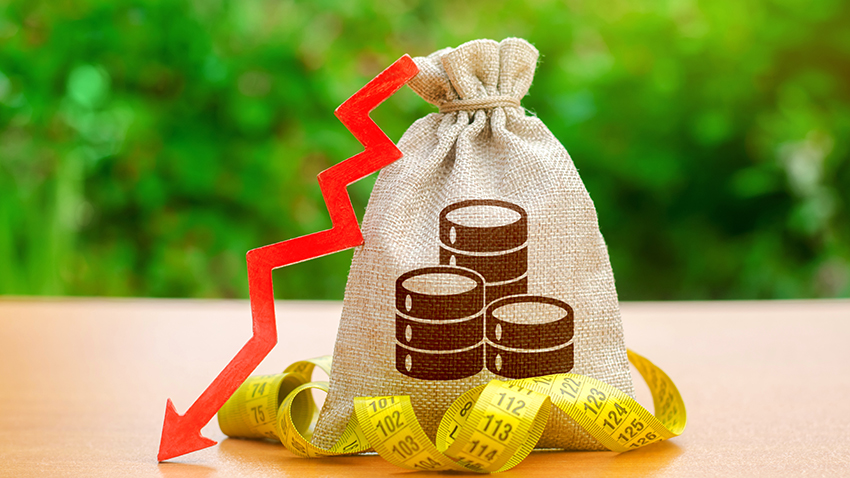
Welcome to the fascinating world of commodities trading! The commodities market is a dynamic and complex environment that is impacted by a wide range of factors, such as supply and demand, geopolitical events, and weather patterns. Commodities range from coffee to gold, from soybeans to oil, and everything in between. The process of price determination, which is central to this market, is something that traders, investors, and producers must comprehend to make wise decisions about trading commodities. In this article, we will talk about the Price determination of a commodity. How is the price of a commodity determined? And what factors determine that price?
This article will offer helpful insights into the intricate process of price determination of a commodity in this dynamic and ever-changing market, whether you are an experienced trader or someone simply interested in how the commodities market operates.
Table of Contents
The Basics – 5 Things to Know about the Commodity Price Forecasting
- The market forces of supply and demand in India determine the price of commodities. Except for a few items like petrol and diesel, where prices are regulated by the government, the government does not typically set prices for the majority of commodities.
- Global and domestic trends, including climatic patterns, political climate, and market sentiment, have a significant impact on commodity prices.
- India is a significant consumer of a wide range of commodities, like crude oil, gold, silver, copper, and agricultural products like wheat, rice, and sugar. Therefore, changes in these commodities’ prices on a global scale can have a big effect on how much they cost in the Indian market.
- The MCX and the NCDEX are the two main exchanges for trading commodities. These exchanges offer a trading platform for a variety of commodities, such as metals, energy, food, etc.
- Commodity price forecasting is influenced by a wide range of variables, including the state of the domestic and international markets, trader activity, and other factors.
Who Can Take Part in the Commodities Market?
Many different parties are involved in commodities trading, including people, businesses, and financial institutions. The following are some of the major figures in the trading of commodities:
Manufacturers
These are businesses or people who extract or create raw materials like oil, gas, gold, and silver before putting them on the market for sale.
Traders
Traders are people or businesses that purchase and sell commodities on their own behalf or on behalf of clients. They could deal in derivatives, commodity futures, or physical commodities in addition to those.
Consumers
Consumers are businesses or people who use commodities in their day-to-day operations or for personal use. Examples include companies that use oil or gas as a raw material in their production processes or people who invest in gold or silver.
Speculators
These are people or businesses who trade in commodities only to make money and have no intention of ever receiving the actual commodity.
Commodity Exchanges
These are businesses that offer a marketplace for trading commodities.
Financial Institutions
These include banks, hedge funds, and other firms that engage in commodity trading as a component of their overall investment strategy.
What Factors Influence the Price of a Commodity?
A number of variables, such as supply and demand, geopolitical developments, climatic patterns, and market sentiment, influence commodity prices. Let’s examine each of these elements in more detail:
Supply And Demand
The balance between supply and demand is the most fundamental factor that affects the price of commodities. Prices typically increase when demand for a commodity is high and supply is constrained, while prices typically decrease when demand is low and supply is abundant.
Events in Geopolitics
Geopolitical events like wars, sanctions, and political unrest can impact the price of commodities. For instance, oil prices may rise as a result of worries about supply disruptions when tensions in the Middle East rise.
Environmental Conditions
Additionally, the weather can have a big impact on commodity prices, especially for agricultural products like wheat, corn, and soybeans. Floods, droughts, and other weather-related events can alter supply, which can affect prices.
The Market Movement
The general attitude of traders and investors, or market sentiment, can also affect commodity prices. For instance, even though supply is currently abundant, prices may increase if investors are optimistic about the state of the economy and anticipate rising commodity demand.
Conclusion
Prior to entering the world of commodity trading, it is crucial for a trader to comprehend the price determination of a commodity. A number of factors are considered when determining the price of different commodities sold on the commodities market. Understanding how the price of a commodity is determined and how they are likely to change can help minimise risk and increase return on investment.
Nevertheless, there are a number of factors, such as geopolitics, weather, macroeconomic factors, etc., to which commodity prices are much more sensitive and responsive than stocks. Before investing your hard-earned money, it is essential to conduct exhaustive market research on all relevant factors. Trading in commodities may have high potential returns, but it also carries higher risks.